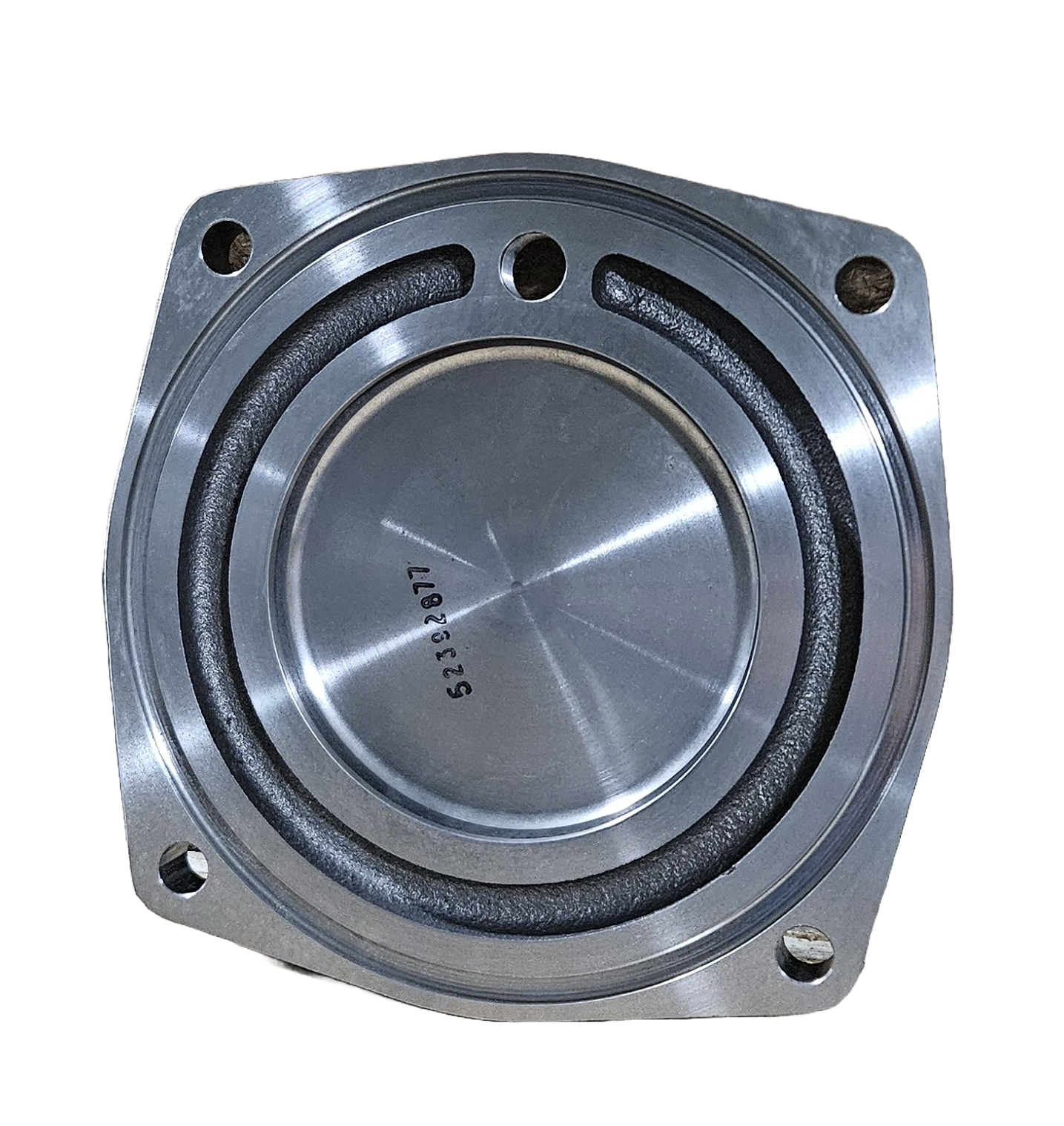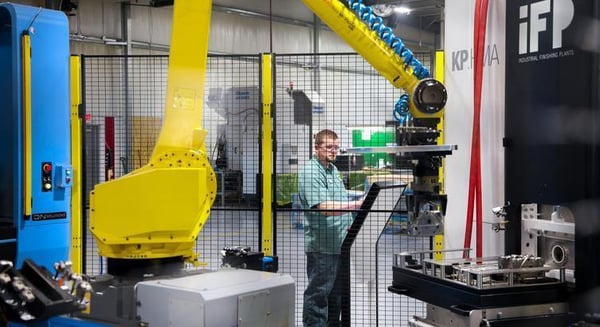When a machine is down, crews wait, schedules slip, and costs inevitably pile up. For construction industry original equipment manufacturers (OEMs), unreliable machining is anything but a minor hiccup. It’s a real risk to programs, budgets, and brand reputation.
Avoiding downtime isn’t fixed by adding more vendors to your supply chain. Instead, it’s about carefully selecting one CNC machining partner with the capabilities and experience to proactively remove risk: predictable supply, Design for Manufacturability (DFM)-centric engineering, and ISO/IATF quality. A machining partner that’s proven and transparent adds a layer of confidence OEMs need to overcome the challenges of a sometimes turbulent construction industry. Here’s what it looks like in action.
Hidden Risks in Construction Supply Chains
- Volatile logistics increase lead time and cost. Tariffs, long shipping routes, and unpredictable port congestion can upend schedules. Many OEMs are reshoring to leverage the benefits of domestic sourcing, especially for large castings.
-
Excessive handoffs stall builds. Each supplier added to a supply chain also adds complexity. There are new setups and communication loops to navigate, and the opportunities for delay quickly multiply.
-
Inconsistent machining quality erodes performance. Construction components routinely operate under heat, shock, contaminants, and harsh environments. Parts that are “good enough” aren’t near enough to reliably hold up in the field.
Transmission components for dump trucks or hydraulic valves for skid steers are excellent real-world examples of parts under duress. So are engine-related castings, brackets, and exhaust parts. These are high-load, high-vibration parts with tight geometric dimensioning and tolerancing (GD&T) operating in unrelenting conditions. Precision and repeatability can’t be hit-and-miss, and neither can your machining partner’s reliability and performance.
 |
 |
 |
6 Things Your CNC Machining Partner Must Provide
Evaluating how well a current or prospective partner can handle CNC machining for construction OEMs is nuanced. Paying attention to how well a machining company can meet 6 non-negotiable demands will help align you with the best supplier:
1. Predictable supply and real capacity. One accountable partner will provide small, medium, and large CNC machined castings. That way, you’re able to balance volumes without constant requalification and schedules stay on track.
→THE BIG BENEFIT: Fewer handoffs, fewer surprises, and a shorter path from purchase order to delivered parts.
2. Upfront Collaborative Engineering and DFM. Protect time and costs by preventing problems before the first chip. Lean manufacturing processes, tooling decisions, and smart workholding often eliminate secondary operations, shaving weeks off launch schedules.
→THE BIG BENEFIT: Tighter variation, faster throughput, and lower total landed cost
3. Trusted Quality Systems (ISO/IATF, Process Control, Data). If your machining partner isn’t measuring quality, they’re not managing it either. Insist on ISO/IATF alignment, disciplined process control, and transparent inspection data. Verified CMM results and PPAP/FAI documentation make audits easier and decisions faster.
→THE BIG BENEFIT: Evidence-backed assurances and fewer surprises at PPAP, launch, and beyond
4. Advanced Technology and Automation. Consistency and repeatability stem from standardized methods and smart automation. In turn, there’s less waste and human error, protected cycle times, and tight tolerance bands across production.
→THE BIG BENEFIT: Stable output at the cadence your program needs
5. Responsiveness and Communication. Your machining partner must demonstrate fast, clear feedback loops, have experienced program managers who surface issues early, and engineering/quality teams that respond with a sense of urgency when plans change or requirements evolve.
→THE BIG BENEFIT: Faster decisions, fewer escalations, and schedules that hold
6. Foundry Partnerships that De-Risk Sourcing. Casting process mismatches create rework and delays. A machining partner networked with a core group of foundries have collaborative latitude in matching each casting to the right material, process, and volume fit. The result? Improved first-pass yield and repeatability.
→THE BIG BENEFIT: Fewer quality escapes and a steadier supply of ready-to-machine castings
Mini Case Study: The Flat-Out Success of a Hydraulic Valve Body
A hydraulic valve body project for construction equipment required a very tight flatness. The OEM also needed a North American supply base. When attempts at using secondary lapping to consistently meet spec failed, the OEM sought out Stecker Machine.
The added time, costs, and variation was an expensive lesson our team would not repeat. By re-engineering the process to optimize tooling, program, and targeted pre-machining, the component met flatness in-process. The improved process meets the tight flatness specification and it was proven with captured inspection data.
This success demonstrates how a true CNC machining partner provides more than a one-off solution. Large OEMs expect certified robust processes, a strong quality record, and responsive engineering support. In this case, Stecker Machine’s pride in building programs to OEMs’ expectations showed up in the difference between “can make a part once” and “can make it every time.”
A Partnership that Builds What’s Next
Increasingly, construction OEMs are caught in the middle of production and partnerships. Keeping machinery running without worrying about the next breakdown requires trust in a CNC machining partner like Stecker Machine that has the proof to back the promises. Dig deeper by downloading our guide, When Do You Know It’s Time to Work With a High-End CNC Machine Shop?
FAQ
What should construction OEMs prioritize when selecting a CNC machining partner?
Predictable supply, DFM collaboration, ISO/IATF-aligned quality systems, transparent inspection data, and tight-tolerance repeatability
How does DFM cut risk and cost for machined castings?
Upfront process design (workholding, sequencing, tooling) removes secondary ops, shortens launch timelines, and improves first-pass yield
Why do foundry partnerships matter?
Matching material, size, and volume to the right foundry reduces casting variation — the fastest path to stable machining and on-time delivery
What data should I expect from a machining partner?
CMM results, PPAP/FAI documentation, and ongoing process-control metrics that make audits and quarterly reviews straightforward







